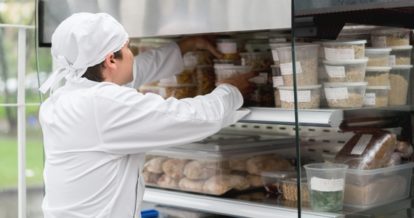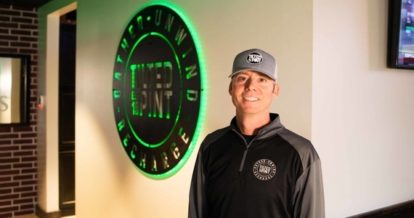Effective restaurant supply chain management is a must-have skill for any restaurateur learning how to run a successful business. Since a restaurant relies on getting food to the kitchen to prepare and serve meals to customers, it’s imperative that you know how to source, acquire and buy raw ingredients.
Understanding how to manage your supply chain will also help you overcome challenges in the future like rising food prices, as well as supply shortages. A survey by the National Restaurant Association, showed that 95% of operators said their restaurant experienced supply delays or shortages of key food or beverage items.
In addition to food supply chain management challenges, restaurateurs also experience unforeseen issues when it comes to their kitchen supplies supply chain. For example, at the peak of the COVID-19 pandemic, equipment like ovens became harder to secure, with some shipments taking up to six months to be delivered.
If you’re feeling overwhelmed, there’s no reason to feel worried. In this guide, we’ll cover everything you need to know about restaurant supply chain management, including:
- What is restaurant supply chain management?
- Why is supply chain management important?
- 5 best practices for supply chain management
- How supply chain management can boost profits and sales
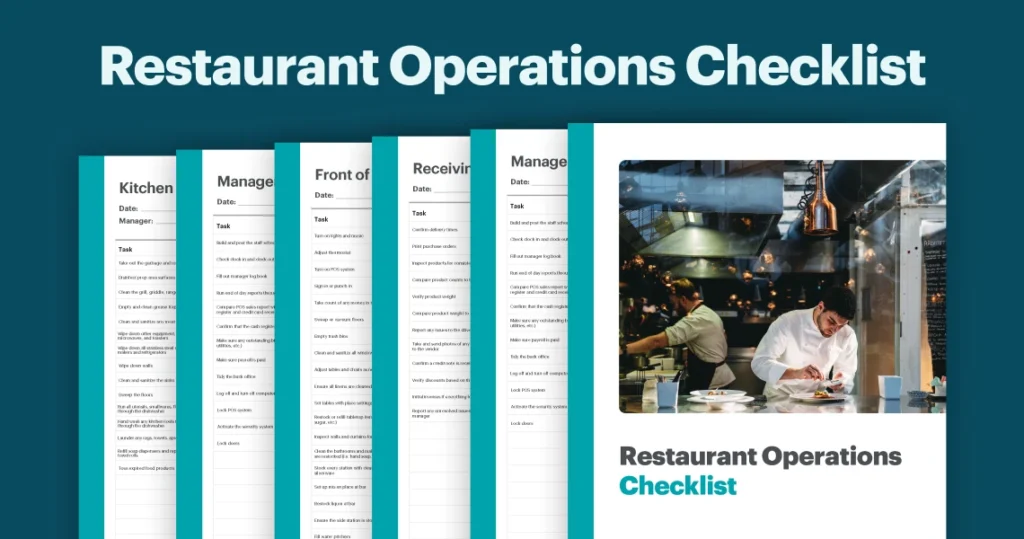
This restaurant operations checklist includes 12 individual lists that can help your staff perform day-to-day operations efficiently and effectively.

What is Restaurant Supply Chain Management?
Before diving into restaurant supply chain management tips, it’s important to first understand what supply chain management for restaurants actually means.
The supply chain management of a restaurant is a sequence of processes that starts with sourcing raw materials and turning them into a finished product that can be sold to customers. Restaurants typically work with a number of vendors like farmers and wholesale distributors, who each specialize in a different part of the chain. This can involve anything from purchasing food, beverages, plastic plates, and more.
Here are a few links that are typically found in food supply chain management:
Buying raw materials
Depending on location, restaurants can buy ingredients directly from farms, like milk, eggs, grains, and meat. You can also buy materials from wholesale distributors.
Transportation
The next step is finding logistics partners to help you get the raw materials to your location.
Food Preparation
This is where your kitchen staff turns the raw materials into products that can be sold. For example, flour and sugar can be used in a recipe to make a cake.
Distribution
After your food is prepared, you’ll have to get the final product to your customers. This can be achieved by serving your final dishes to customers in your dining area, or through takeout and delivery to your guests’ homes.
Inventory Management
Finally, you’ll keep track of the number of raw ingredient supplies you have in stock. This will help you know when to reorder and how many of each item you need.

This restaurant operations checklist includes 12 individual lists that can help your staff perform day-to-day operations efficiently and effectively.
Why is Supply Chain Management Important?
As you can see from the above breakdown, restaurants rely on strong relationships with their suppliers and distributors to ensure their kitchens can be restocked. That’s also why it’s so important to closely manage the supply chain management of a restaurant to ensure it is operating efficiently, keeping costs low, and protecting profit margins.
Unfortunately, any disruptions to your food suppliers can create shortages in your kitchen.
For example, supply chain bottlenecks affected restaurant costs when avocado prices soared before the Super Bowl. While avocados typically see a price surge in the weeks leading up to the Super Bowl, labor shortages, higher production costs, and wage hikes made food companies pay up to make their Super Bowl favorite, guacamole.
The COVID-19 pandemic is another powerful example of how unforeseen circumstances can have a deep impact on the food supply chain, as labor shortages, decreased production, shipping delays, and border closures caused major issues.
Fast forward to post-pandemic, according to our 2025 State of Restaurants Report, operators identify food/inventory costs as their number one greatest financial strain this year. In fact, operators are spending 34% more on food costs on average compared to last year.
While supply chain management for restaurants isn’t always top of mind, these examples show it can have a deep impact on a restaurant’s day-to-day business operations.
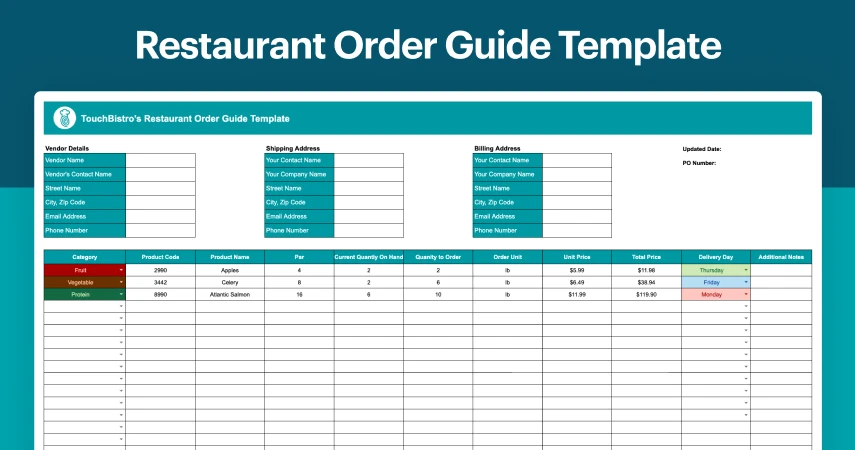
Use this free Excel spreadsheet to simplify the ordering process and improve inventory control.
5 Best Practices for Restaurant Supply Chain Management
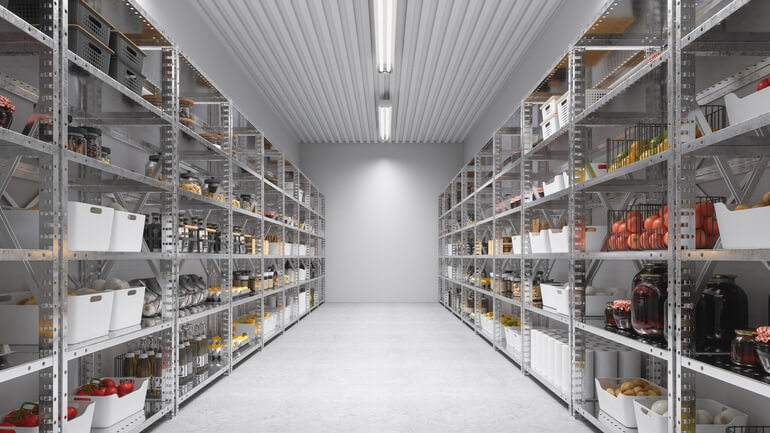
Now that you’re more familiar with the ins and outs of restaurant supply chain management, here are five best practices that will boost your chances for success.
1. Build strong relationships with your suppliers
If you want better deals, you’ll need to maintain and improve your relationship with your suppliers. Here are two ways to build positive supplier relationships and become their favorite customer:
Improve Processes with Communication
Share important information with suppliers like your business model, timeline, systems, and delivery schedules. You can ask them to do the same. Open communication will help your suppliers understand your concerns and worries so they can be addressed right away.
Always Make Your Payments on Time
If you want to earn your suppliers’ trust, never let them chase you for payments. If you don’t go out of your way to please your suppliers, don’t expect them to accommodate you either.
2. Revaluate your vendors’ prices and value often
It’s wonderful to work with a vendor who you’ve established trust with, but it’s also important to reexamine your relationship. You need to understand what value the vendor is bringing to your restaurant. Remember that price is important, but the lowest price could also mean the lowest quality of product or labor. Rather, focus on how the vendor is helping you meet your needs and helping you run your restaurant better. To figure this out, here are a few questions you can ask:
- Are my needs the same as when I started the contract?
- Has my supplier provided me with what I asked for?
- Am I happy with the service I’ve been provided?
- Is there anything I’m not satisfied with, and why?
Reevaluating your vendor relationships will help you figure out where there are gaps to fill so you can improve your relationship, or start looking at other options. Remember to consider your vendor relationships for food supply chain management, as well as your kitchen supplies supply chain.

This restaurant operations checklist includes 12 individual lists that can help your staff perform day-to-day operations efficiently and effectively.
3. Keep track of food safety
As a restaurateur, keeping your diners healthy and safe is a top priority. That’s why it’s important to know where your food comes from, so if there is an outbreak, you can quickly mitigate risks.
The best way to get insight into the traceability of your food is to ask your vendor about their quality monitoring processes. Ask whether they keep track of food performance through food quality audits, assessments, or reports and if they can share this information with you on a continual basis. Unfortunately, a lack of honesty can result in dire consequences like food poisoning, death, or damaging your restaurant’s reputation.
4. Ensure you have sufficient supplies before promotions
Before running a promotion, first, check that you will have enough inventory on hand if your marketing is successful. If you have to turn down a customer or force them to buy a full-priced dish instead of a discounted one, this will leave a sour taste in their mouth. They might even write an angry review.
To avoid any conflict, discuss your supply needs with your vendors ahead of time, like the quantity and quality of products you will need. If you don’t have enough inventory, you can always set time limits for your campaign, so it only runs on certain days or hours.

Use this free Excel spreadsheet to simplify the ordering process and improve inventory control.
5. Boost restaurant performance with software
A dedicated inventory management system is an important part of your supply chain. It includes many functions like overseeing purchases from suppliers and customers, keeping you up to date with the amount of stock you have on hand, and controlling the amount of product for sale to guests.
For example, TouchBistro’s Inventory Management software can help you keep your food costs down and reduce waste.
Curious to learn more about inventory software? These restaurant inventory best practices will help you learn how to keep your stock in tip-top shape.

How Supply Chain Management Can Boost Profit and Sales
Restaurants that run efficient supply chains tend to produce more revenue and higher profits. Here are two ways restaurants can save money from supply chain management:
Cut Costs to Achieve Savings
Efficient purchasing can increase the chance of profitability. This can be accomplished simply by looking at how you are spending money and where it’s possible to achieve savings. For example, you can review your supplier’s arrangements and see if you can buy the same ingredients or kitchen supplies elsewhere for less.
Secondly, once you’re aware of your largest purchases, you can negotiate with your supplier for a better price. One way is to offer a deal, like making early payments for a discount, or negotiating a long-term agreement.

This restaurant operations checklist includes 12 individual lists that can help your staff perform day-to-day operations efficiently and effectively.
Consider Choosing Multiple Suppliers
Working with just one supplier can cause issues if things go wrong and you don’t have a backup. For example, if you run a breakfast restaurant, and eggs are your staple food, a price increase in eggs can hurt your bottom line. That’s why it’s best to work with at least two suppliers, which typically provides several advantages. You’ll have more choice when it comes to sourcing items, and greater protection against potential risks, like a supplier who doesn’t deliver in time. This will also allow you to shop around to find the best value for your money.

Use this free Excel spreadsheet to simplify the ordering process and improve inventory control.
By now, you should have all the information you need to start effectively managing your restaurant’s supply chain. So go ahead and begin building long-term relationships with suppliers, keep an eye on the cost and value of the supplies you source to get the best deals, and find the technology that makes it easy to keep track of stock levels.
Most importantly, continue learning more about inventory management. For instance, here’s an article that breaks down inventory costing methods to help you keep track of product costs. Additionally, here’s a step-by-step guide that explains how to do bar inventory.
Download our free inventory template
Sign up for our free weekly TouchBistro Newsletter

